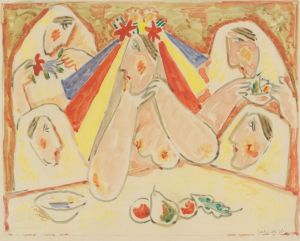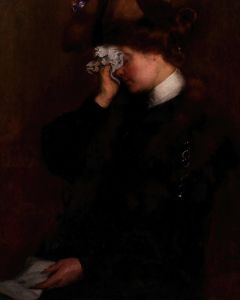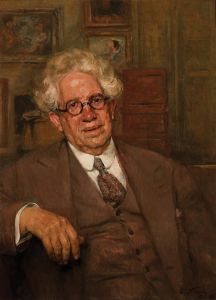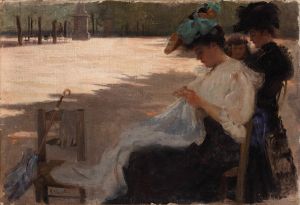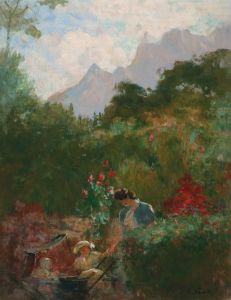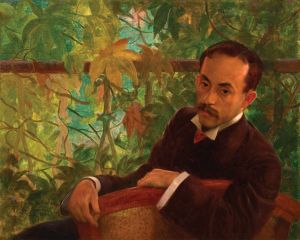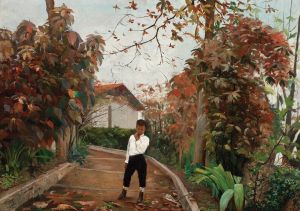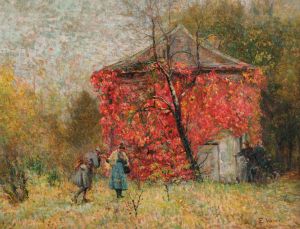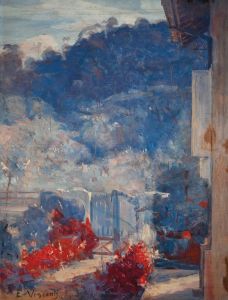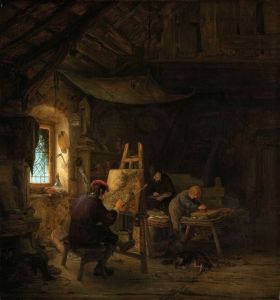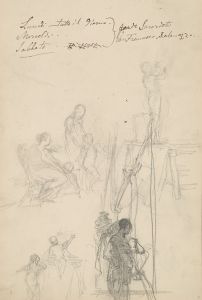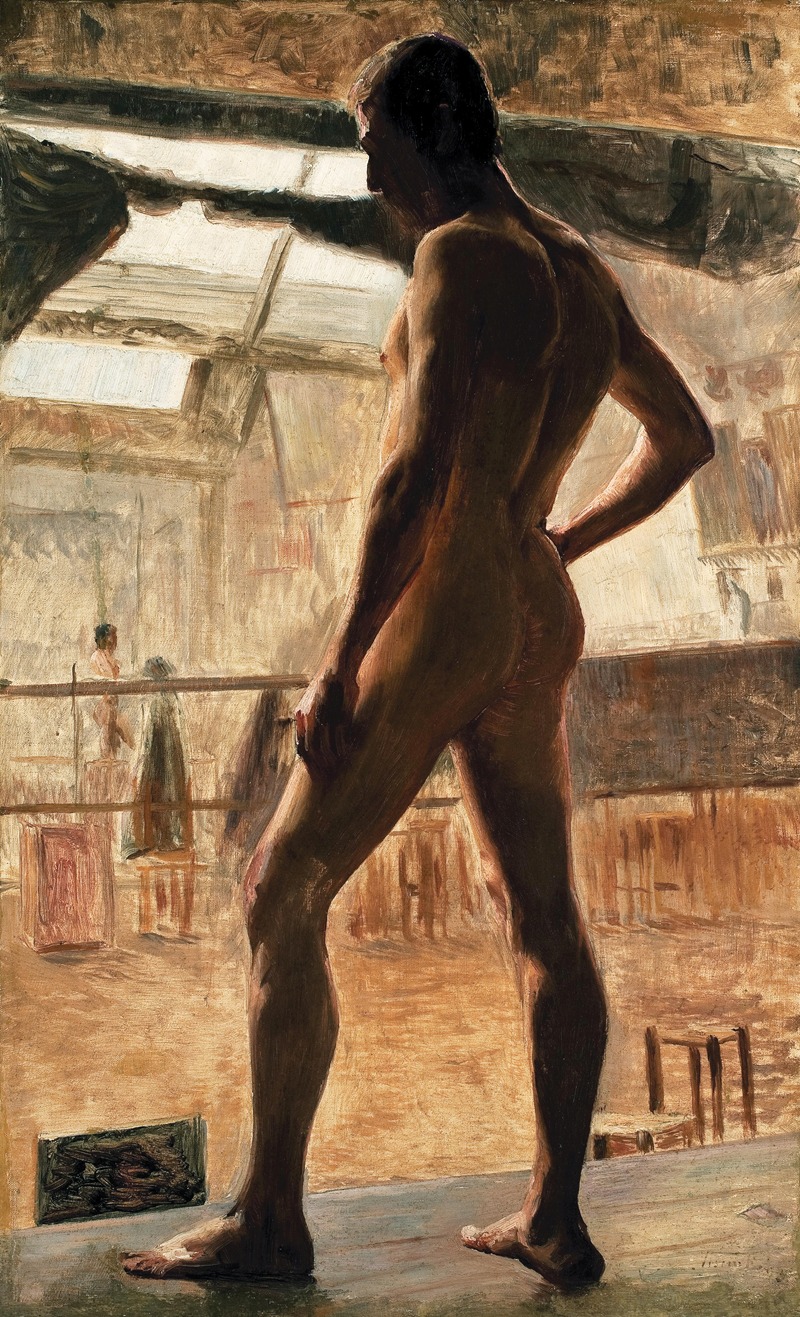
Nu masculino
A hand-painted replica of Eliseu Visconti’s masterpiece Nu masculino, meticulously crafted by professional artists to capture the true essence of the original. Each piece is created with museum-quality canvas and rare mineral pigments, carefully painted by experienced artists with delicate brushstrokes and rich, layered colors to perfectly recreate the texture of the original artwork. Unlike machine-printed reproductions, this hand-painted version brings the painting to life, infused with the artist’s emotions and skill in every stroke. Whether for personal collection or home decoration, it instantly elevates the artistic atmosphere of any space.
"Nu Masculino" (Male Nude) is a painting by the Brazilian artist Eliseu Visconti, one of the most prominent figures in Brazilian art during the late 19th and early 20th centuries. Visconti is widely recognized as a pioneer of modern art in Brazil and is known for his contributions to various artistic movements, including Impressionism and Symbolism.
The painting "Nu Masculino" depicts a male figure in the nude, rendered with a focus on anatomical accuracy and a sensitivity to light and shadow. The work reflects Visconti's academic training and his mastery of classical techniques, which he developed during his studies at the Imperial Academy of Fine Arts in Rio de Janeiro and later in Europe. Visconti's time in Paris, where he studied at the École des Beaux-Arts and was influenced by the works of French Impressionists and Symbolists, played a significant role in shaping his artistic style.
"Nu Masculino" is notable for its attention to detail and the harmonious use of color and composition. The painting exemplifies Visconti's ability to blend traditional academic methods with modern artistic sensibilities, a hallmark of his broader body of work. While the exact date of the painting's creation is not widely documented, it is consistent with the themes and techniques that Visconti explored throughout his career.
Eliseu Visconti's works, including "Nu Masculino," are celebrated for their contribution to the development of Brazilian art. His paintings often bridge the gap between classical traditions and the emerging modernist tendencies of his time. Today, Visconti's legacy is preserved in museums and collections, and his works continue to be studied and appreciated for their artistic and historical significance.
Further details about the specific context or provenance of "Nu Masculino" are not readily available in public records. However, the painting remains an important example of Visconti's skill and his role in the evolution of Brazilian art.





